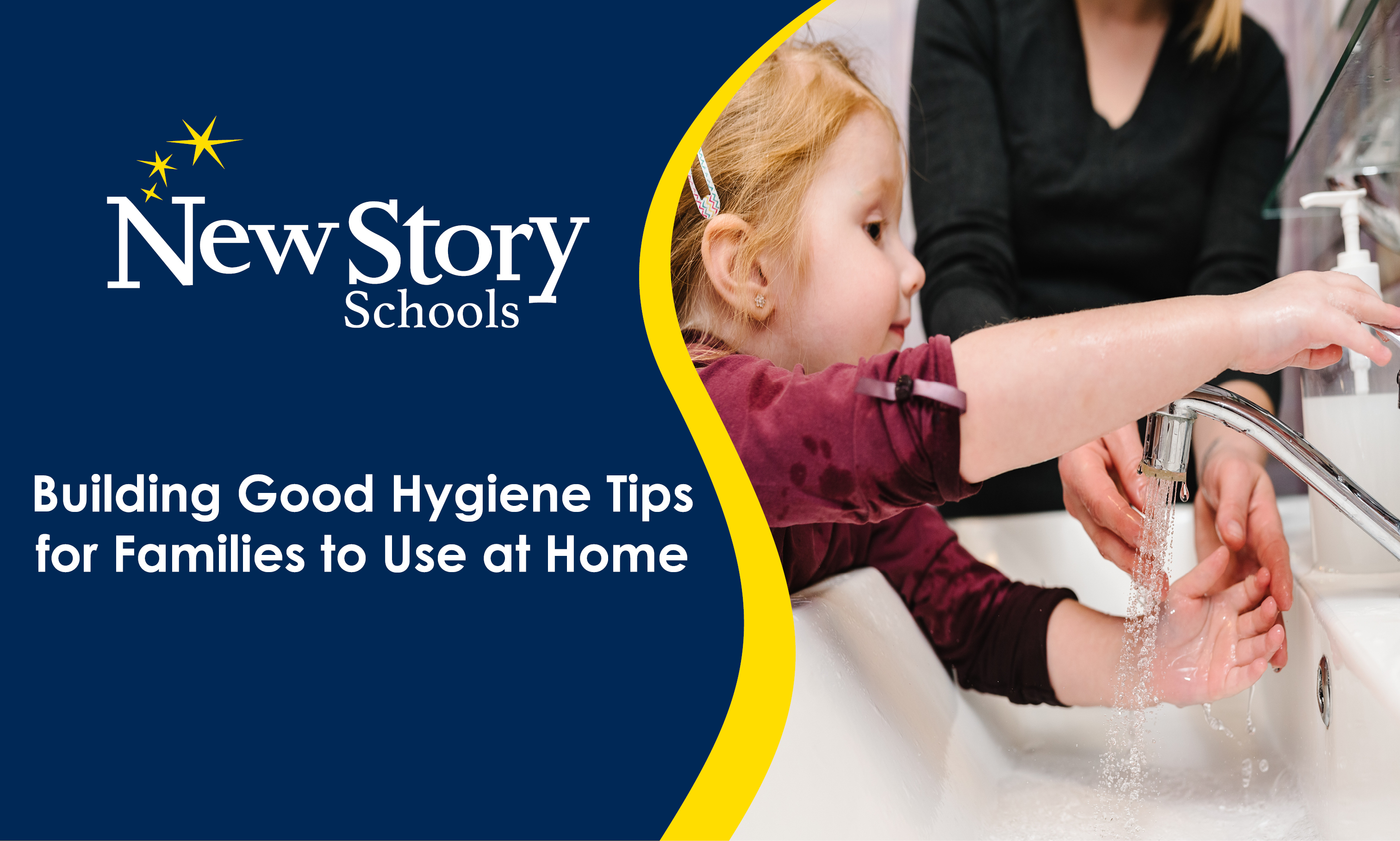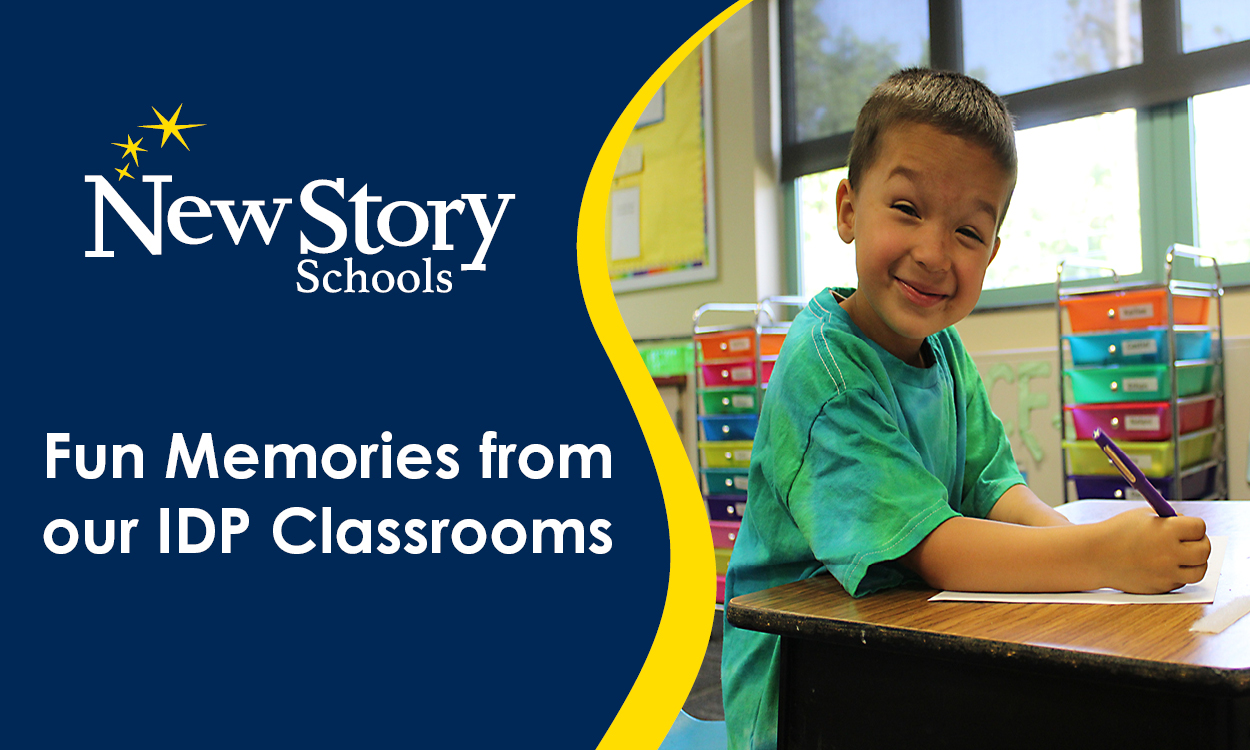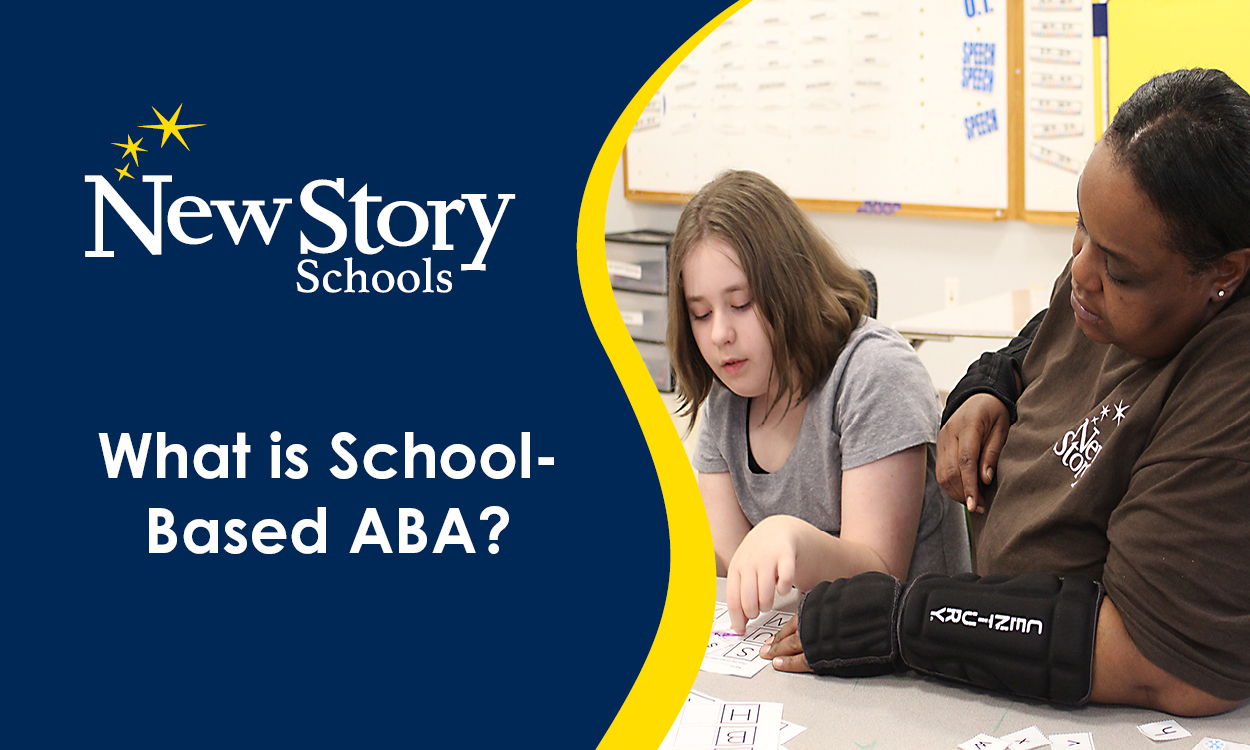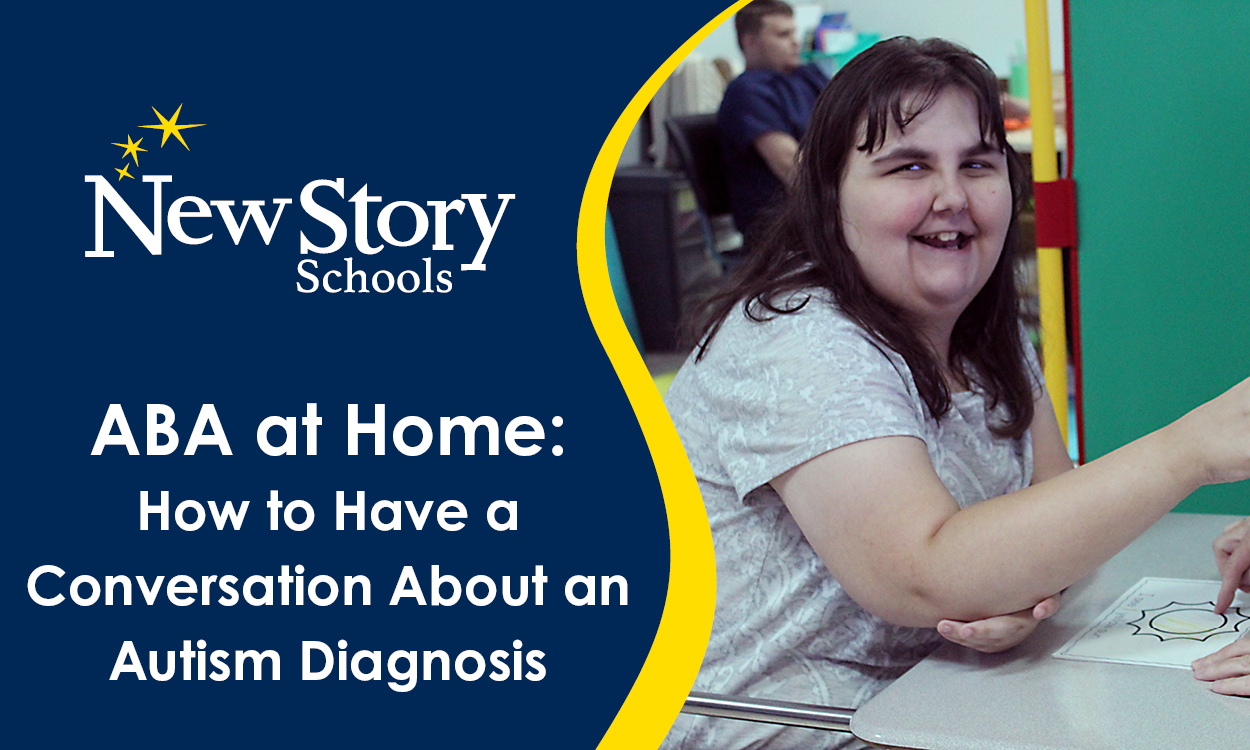Building Good Hygiene Tips for Families to Use at Home
Posted: April 10, 2024 | Written By: Drew Delligatti | Category: At Home Help

This blog was written by Danielle Medeiros, Project Administrator at New Story Management.
Teaching and practicing good hygiene at home is important for many reasons. Good hygiene practices help maintain overall health and help to prevent the spread of germs. It empowers children to develop essential self-care skills, gaining a sense of independence and self-confidence.
There are many hygiene skills that take place in the home: brushing teeth, washing hands, bathing, toileting, dressing, nail care, hair care, etc. Here are some tips for families to use at home.
Tip 1: Create a task analysis, which is a systematic process of breaking down a complex skill or behavior into smaller, more manageable steps. For example, for washing hands: Tap on, wet hands, apply soap, rub hands together, rinse hands, tap off, dry hands.
Tip 2: Determine if you will use backwards or forward chaining to teach each individual step which will gradually link together to form a complete chain of behaviors. In brushing teeth, for instance, the child will be prompted to do every single step and then independently put the toothbrush in the toothbrush holder. Once mastered they will be prompted through the routine but finish the last two steps independently and so on.
Tip 3: Use desensitization (practiced daily) for any equipment involved in the hygiene skill before the child is expected to tolerate it. For example, tolerate the nail clippers being on the table then move on to tolerating touching the nail clippers and so on.
Tip 4: Identify, adapt, and practice any fine motor skills needed for hygiene skills. Practice buttoning on different types of materials.
Tip 5: While teaching, use prompting to assist the child in making the correct response. Types of prompting include physical, verbal, modeling, gestural, visual and should be faded. For a gestural prompt, reduce the size of your gesture, introduce a time delay or gesture from further away.
Tip 6: For any appointments outside of the home, use social stories or video modeling at home to prepare for the appointment. An example could be watching a video of someone visiting the dentist and getting their teeth cleaned.
Tip 7: Once a skill is mastered, focus on generalization to transfer the hygiene skills to different settings, people and using different signals, such as brushing hair in different rooms in the house.
Tip 8: Establish routines of when the hygiene routine will take place, like washing hands before dinner.
Tip 9: There are many items out there that can help in making a more successful experience for your individual child’s needs, such as a hair washing jug to help prevent water in the eyes.
Hygiene is important but is often an overlooked aspect in children's lives. Use these tips and keep up the good work and your child will be practicing good hygiene in no time!
Want to be notified of new articles and resources from New Story Schools? Submit your email and opt into our newsletter!









